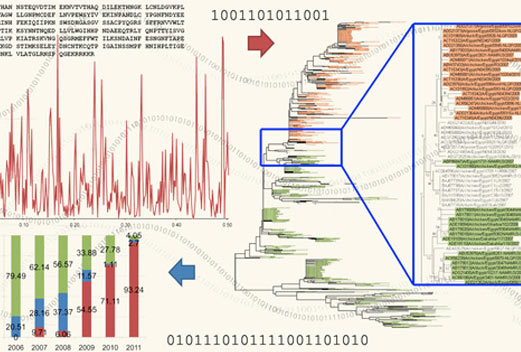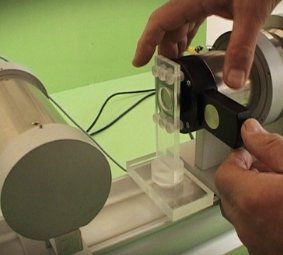About Department
Researchers at the Laboratory for Bioinformatics and Computational Chemistry (Laboratory 180) apply modern bioinformatics approaches and computational chemistry methods to analyze biomolecules. Since its founding, this laboratory's research has been primarily based on the application of the Information Spectrum Method (ISM), which was developed at Laboratory 180 and is now used by leading scientific institutions and biotechnology companies worldwide.
Further development of ISM has led to its application to small molecules (ISM for Small Molecules, ISM-SM), which is based on long-range interactions between proteins and ligands. In combination with methods that analyze short-range interactions, such as molecular docking and molecular dynamics, the research at Laboratory 180 is focused on the in silico development of new drugs and the repurposing of existing ones to treat chronic and infectious diseases.
Researchers at Laboratory 180 also develop machine learning algorithms for the analysis of biomolecules, as well as protein and genomic data relevant to developing therapies and preventing non-infectious diseases. Within this framework, several bioinformatics tools have been developed based on physicochemical principles and machine learning, including EpiMut and GOMLEns, which have demonstrated high performance in the functional annotation of variants in epigenetic regulators and the prediction of protein functions, with applications in biomedical research and precision medicine.
In addition, computational chemistry methods, including molecular docking, molecular dynamics simulations, and ADMET analyses, are also applied in pesticide research to evaluate their toxicity, selectivity, and potential repurposing in neuropharmacology.
- Bogdan Pantelić, Junior research assistants
- Branislava Gemović, Research associate
- Draginja Radošević, Research assistant
- Jelena Milićević, Principal research fellow
- Kristina Stevanović
- Milan Senćanski, Principal research fellow
- Nevena Veljković, Principal research fellow
- Radoslav Davidović, Senior research associate
- Sanja Glišić, Principal research fellow
- Tamara Drljača, Junior research assistant
- Vladimir Perović, Senior research associate








